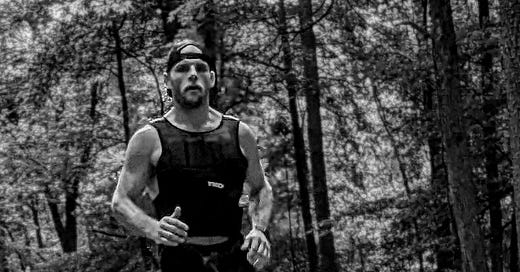"What we have to discover is that there is no safety, that seeking is painful, and that when we imagine that we have found it, we don't like it."
~ Alan Watts
Maybe I let myself down. Maybe the goal wasn’t clear and therefore the path traveled unnecessarily rugged. Then again, if it took Nonprophet 3 years to summarize 20 years of work in their Capacity Manual, so maybe three months trying to swallow it is only an appetizer.
Keep reading with a 7-day free trial
Subscribe to Savage Zen Jiu Jitsu to keep reading this post and get 7 days of free access to the full post archives.




